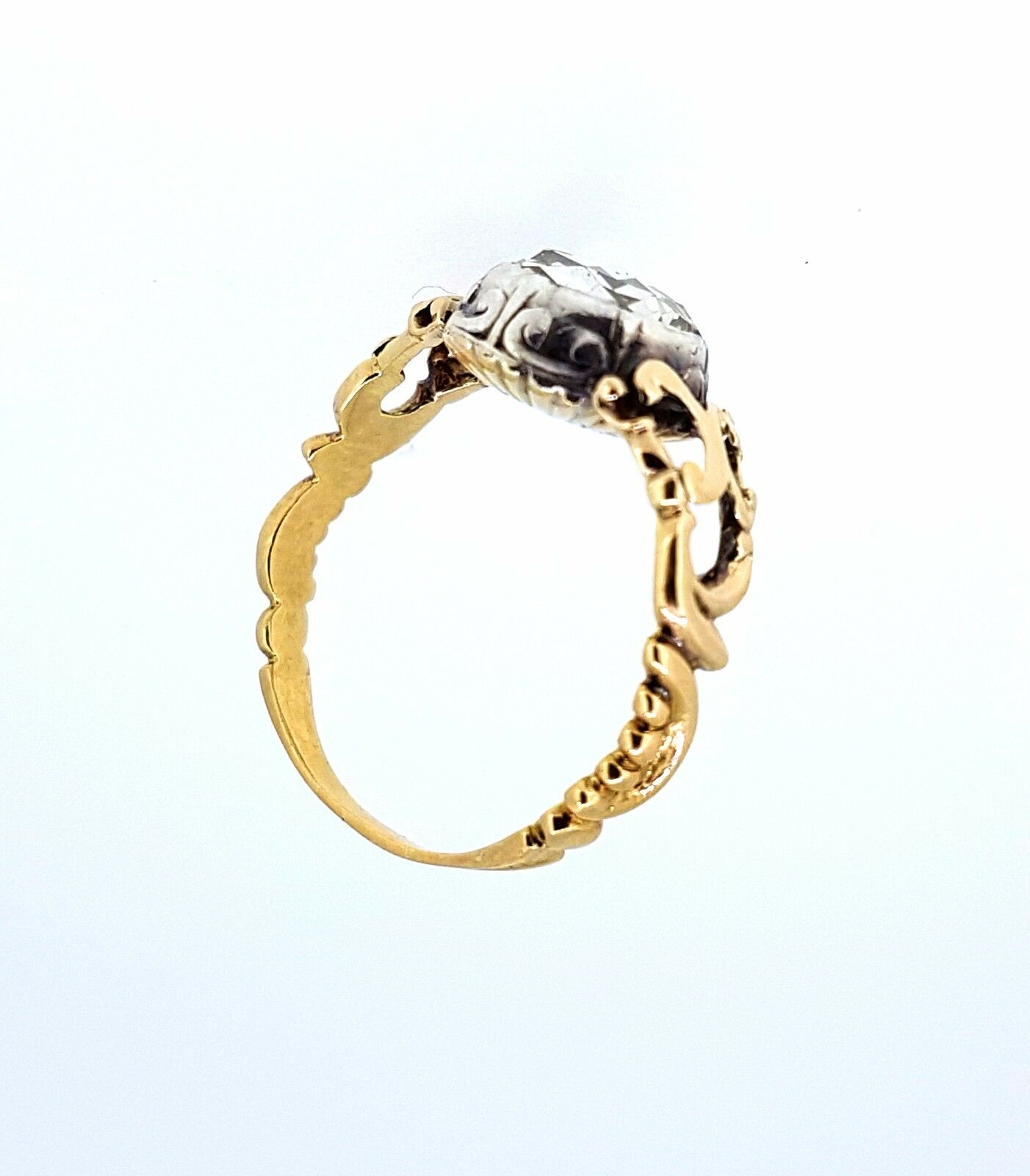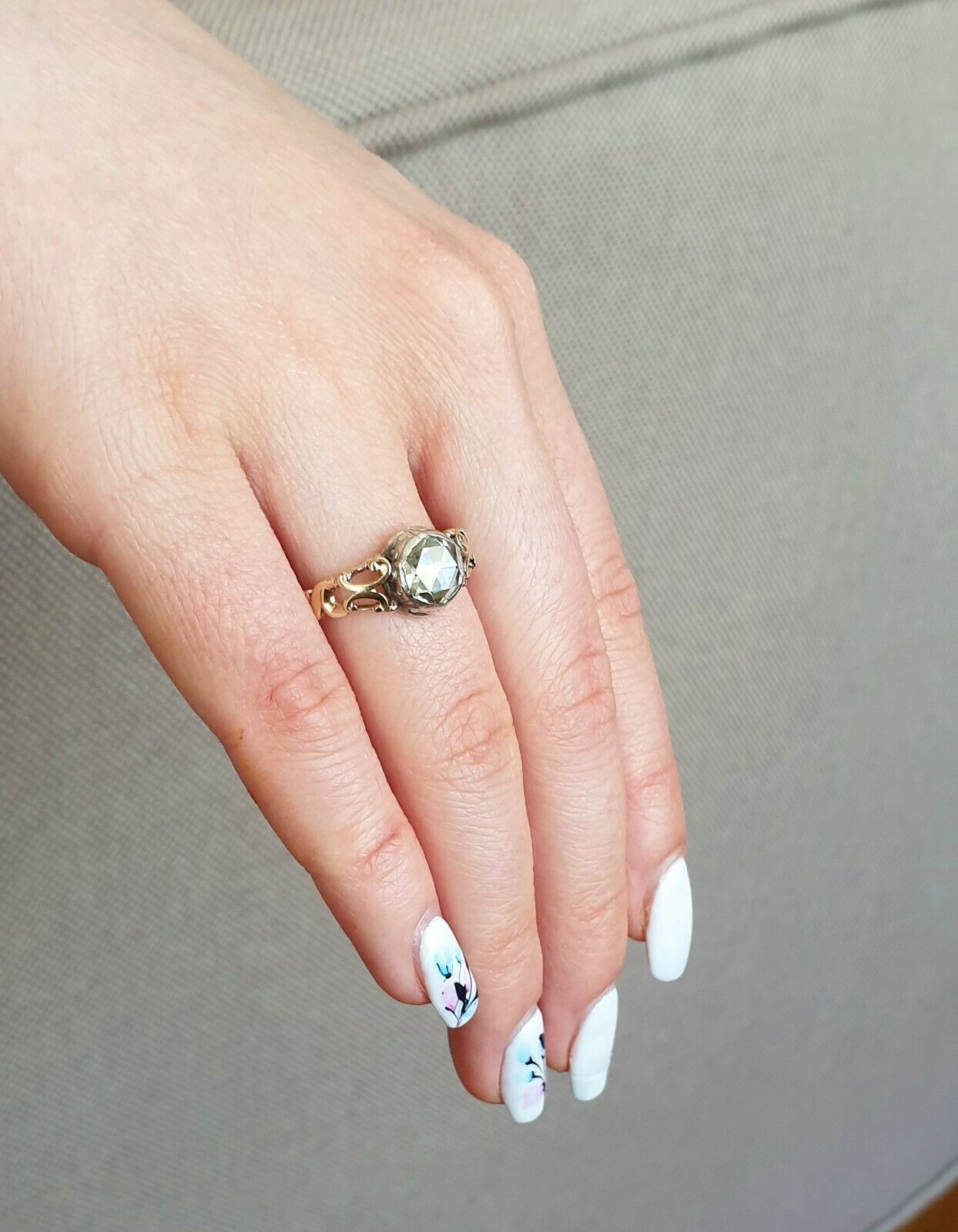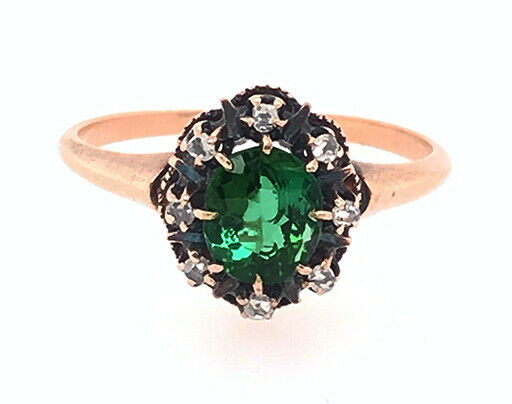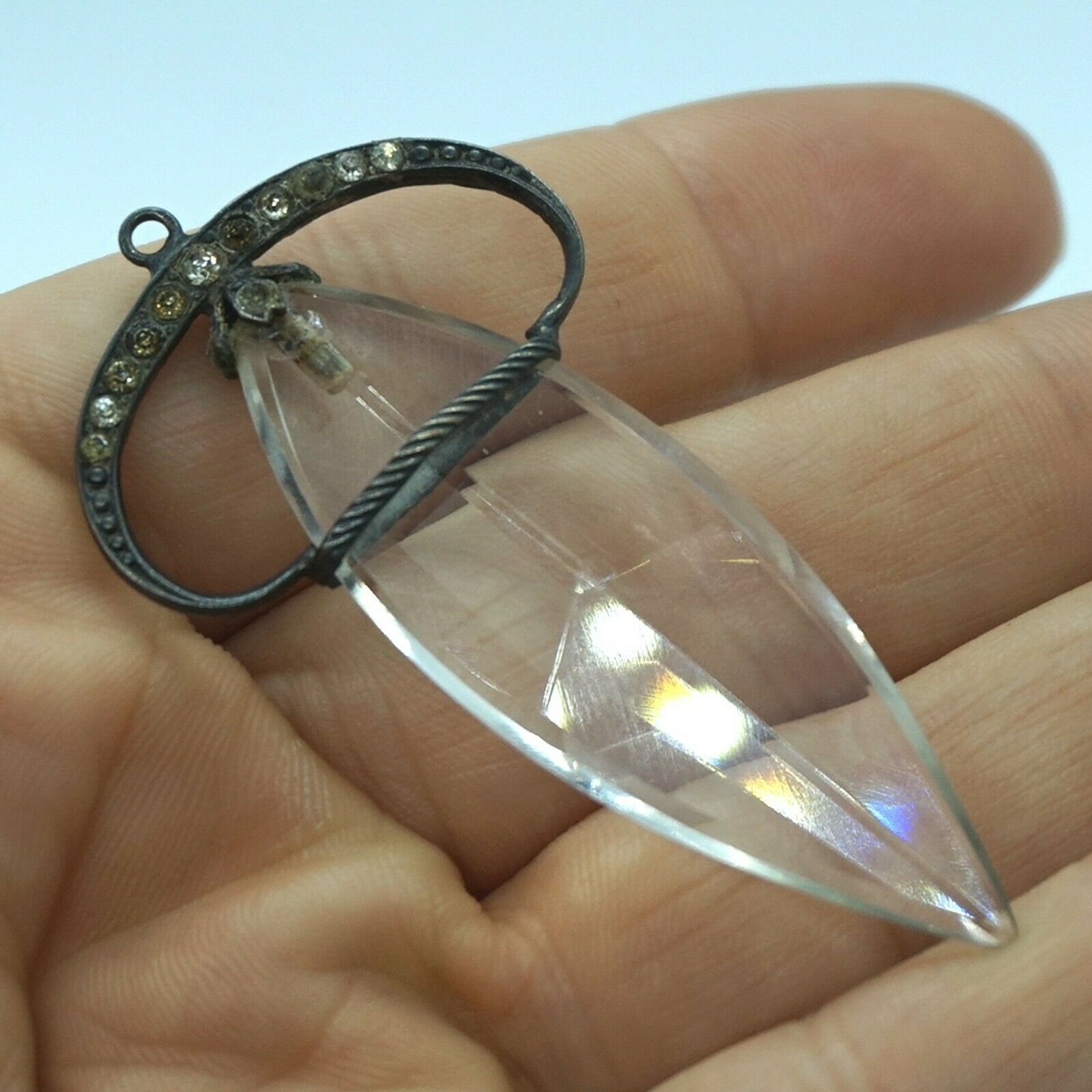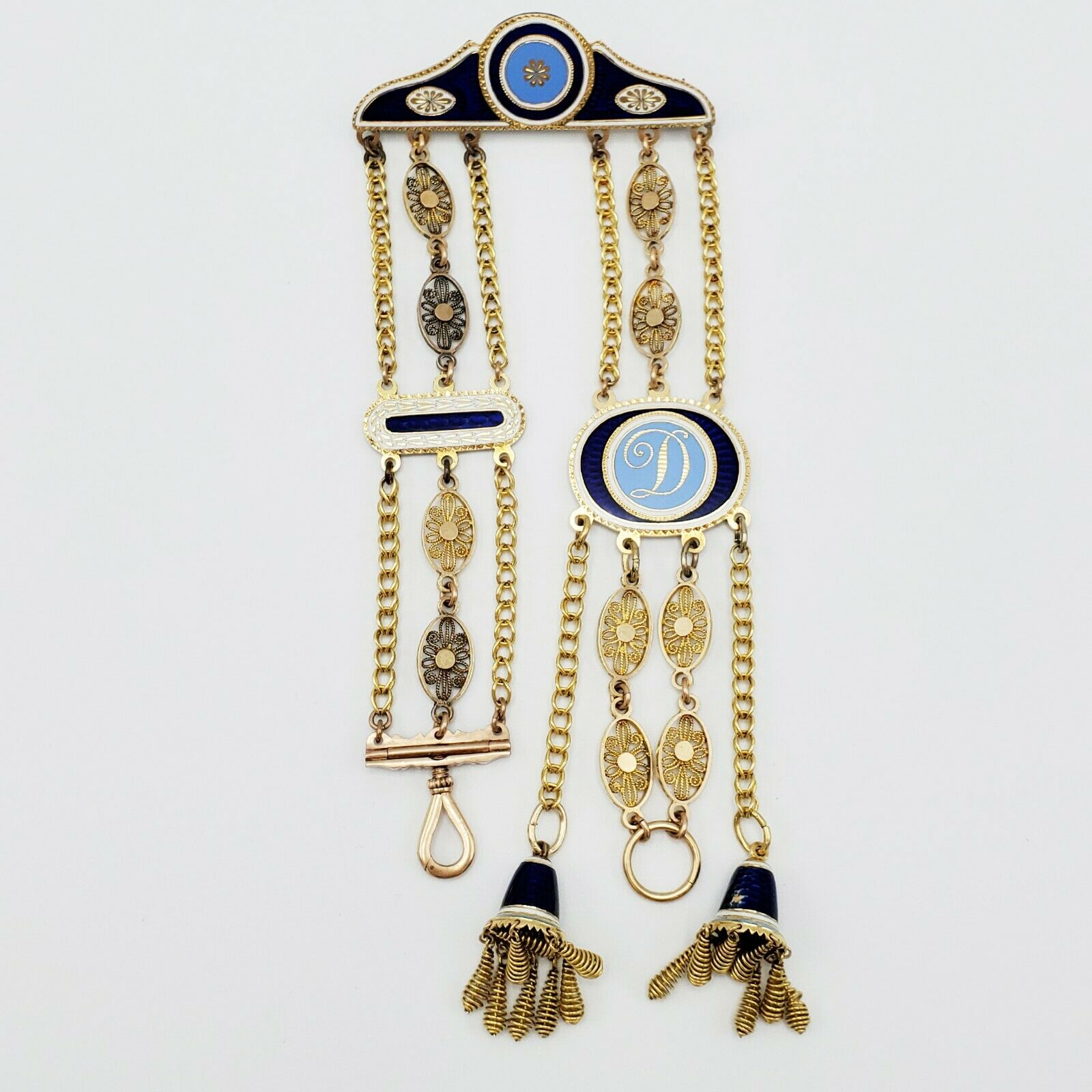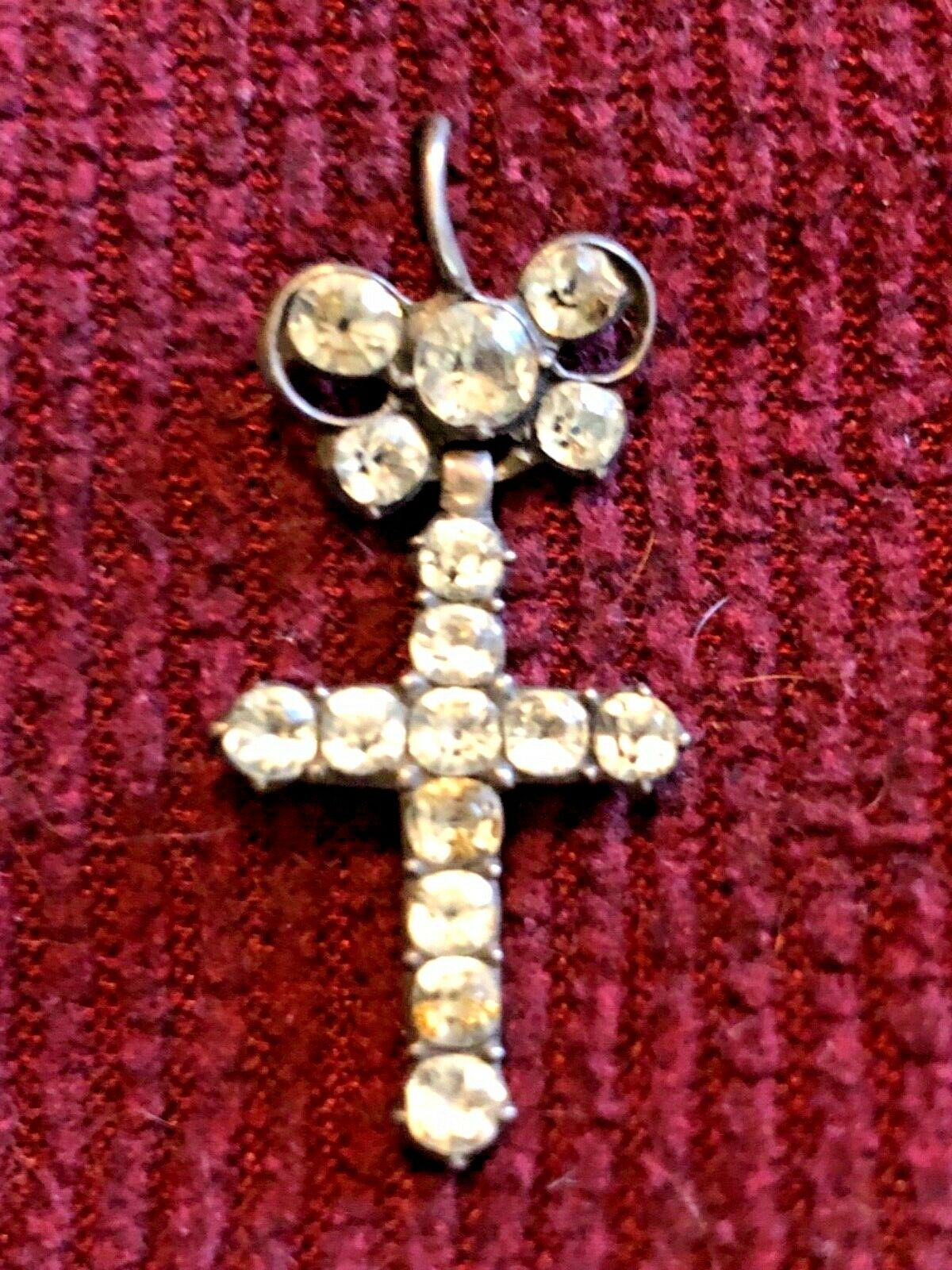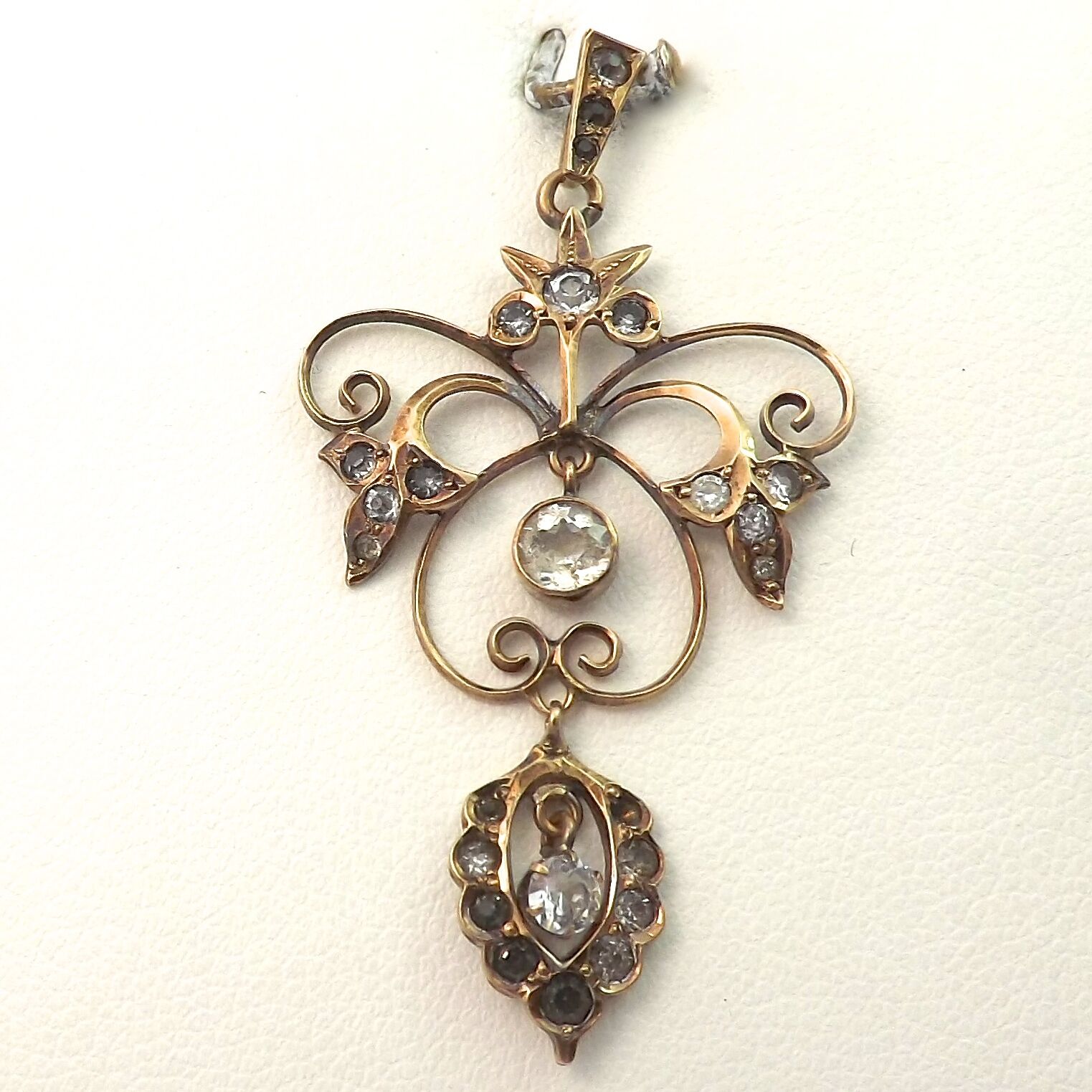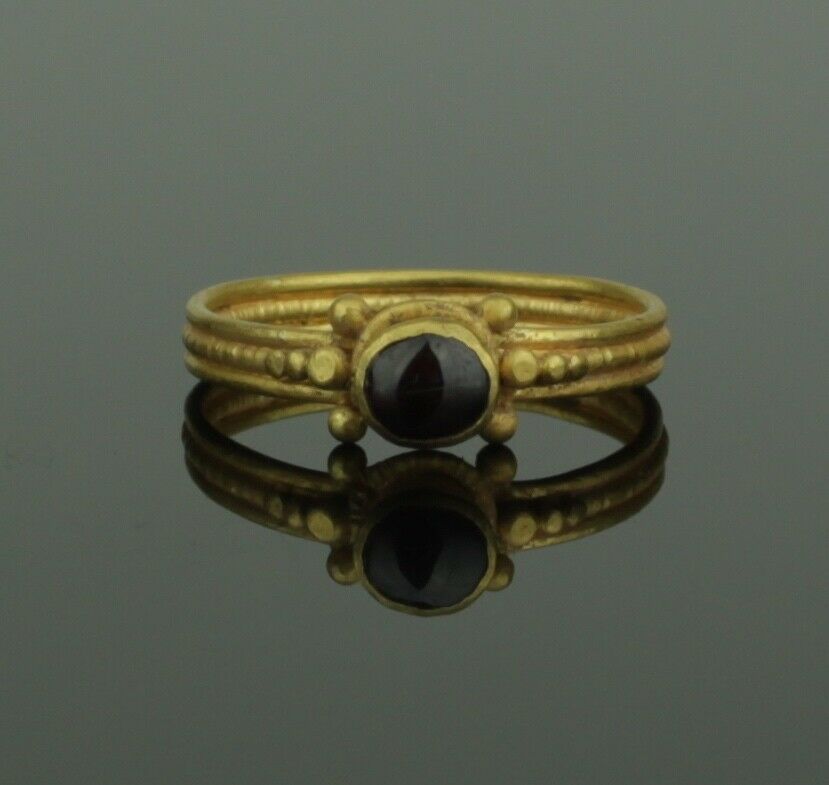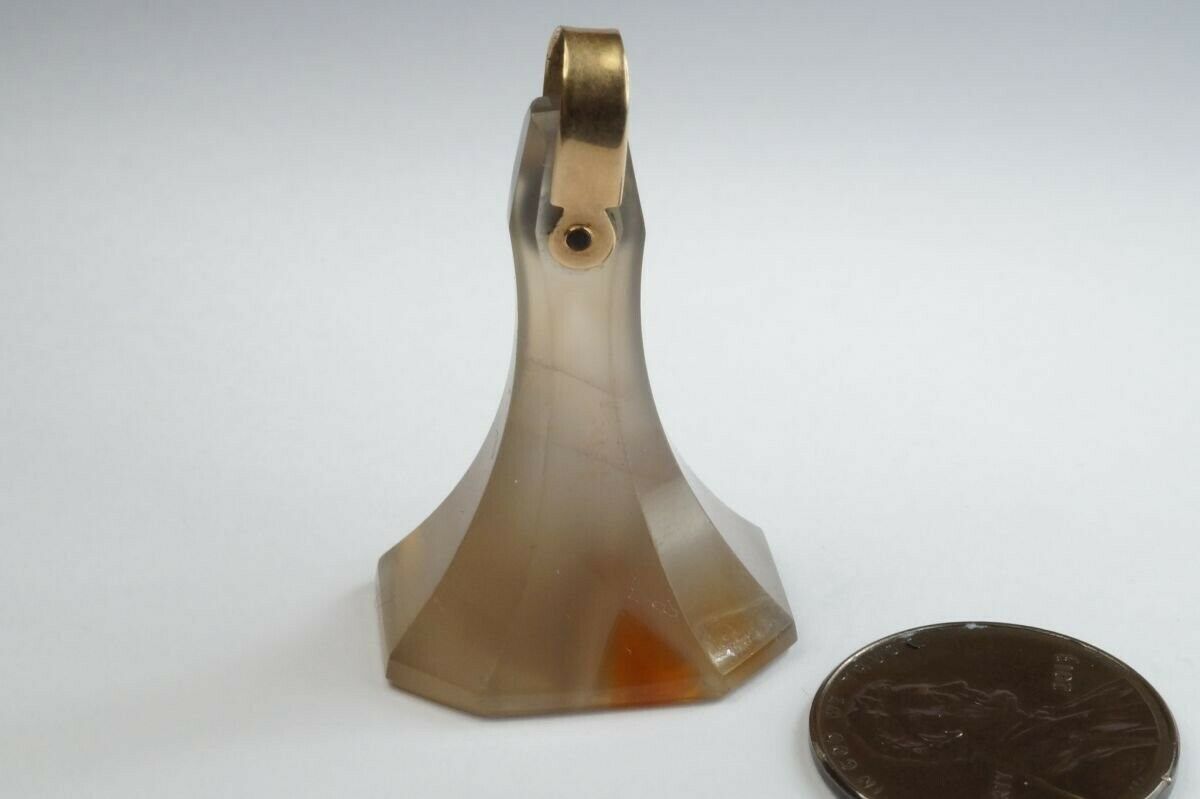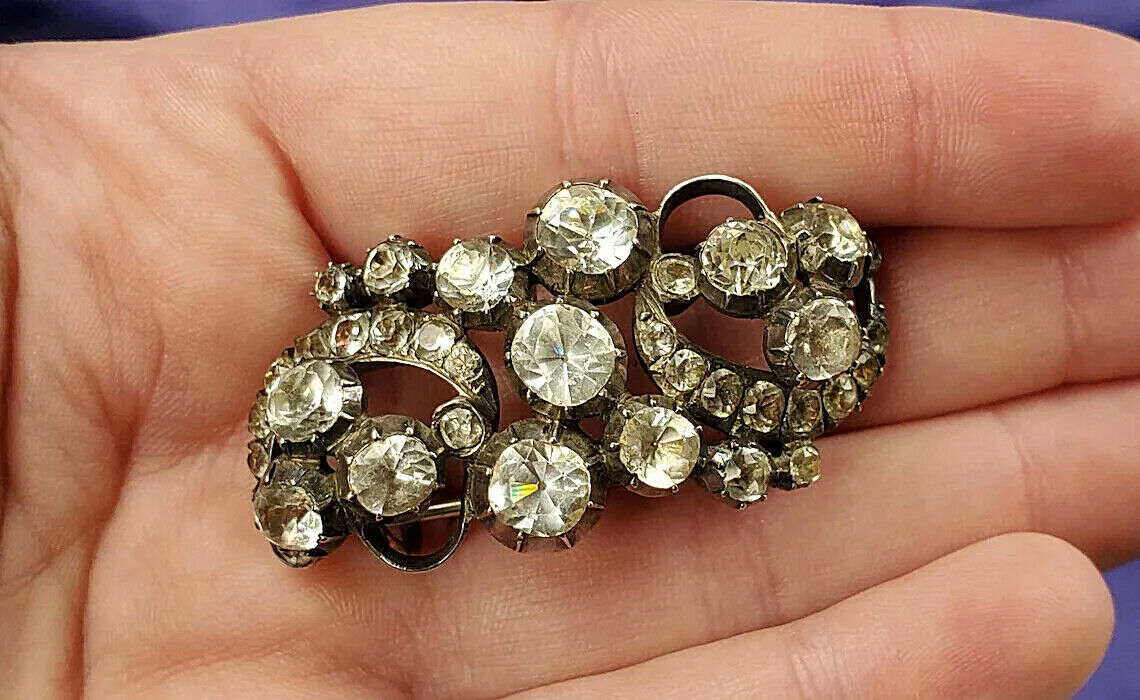-40%
IMPORTANT 17th Century Renaissance pre-Georgian Rose Cut Diamond Solitaire Ring
$ 6600
- Description
- Size Guide
Description
An absolutely stunning and important late Renaissance era 17th century and pre-Georgian diamond solitaire ring in 15 karat yellow gold and silver diamond setting. The ring's shoulders and shank are richly decorated with intervening hand carved flower branches decorations, further supporting a round circular silver setting that holds a fine round rose cut diamond centerpiece. The diamond measures approximately 8.0x7.8mm in diameter and has an estimated weight of about 1.25-1.30 carats. The diamond possesses a very fine SI1 clarity and superbly sparkling and live G-H white color. The side boards of the silver diamond setting are finely engraved with wave like motifs, while the setting itself is supported by a yellow gold base with sun rays pattern. Ring size is 56 (US size 7.5 / UK size P), but can easily be resized. Gross weight of the ring is 2.9 grams. Late 17th century Renaissance diamond rings are extremely hard to come by and are primerely exhibited in private and museum collections. Absolutely scarce antique jewelry collector piece and one of the very rare and important 17th century late Renaissance diamond rings and jewels.In the Renaissance, the medieval practice of using uncut stones was abandoned in favor of faceting; table-cut facets were among the earliest and most popular, but other cuts rapidly followed. Making rings that would show off best the qualities of the stone became a skill that exercised the virtuosity of cutters, chasers, engravers, enamellers, and goldsmiths sometimes in collaboration. The highly sculpturesque quality of most Renaissance and Baroque rings can be compared with the striving for greater veracity that characterizes the monumental arts of this period. By far the most common type of ring from the Renaissance was the boxed bezel set with faceted stones in highly ornate geometric bezels with intricate articulated shoulders, sometimes with protruding volutes, some of them richly enameled. During Elizabethan and Tudor times in England, commonplace books (the earliest dated 1596) were sometimes used by goldsmiths and their customers to provide appropriate inscriptions for rings. The discovery of the New World also wrought changes in the evolution of rings, as it did for painting, because new stones became available.
Please, kindly bear in mind that due to several business locations that we occupy within the EU, some of our items could be shipped from alternative European member state, but in no case this would affect the shipping, handling and delivery times, nor it will affect in any sense the quality and appearance of the items purchased and delivered.


